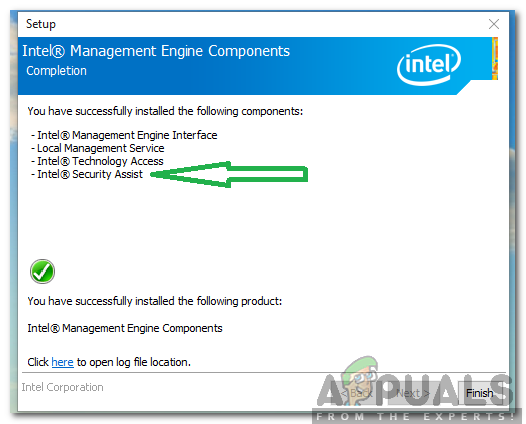

- How to bypass intel management engine interface windows 7 software#
- How to bypass intel management engine interface windows 7 code#
’s plan for truly trustworthy computing is a simple USB thumb drive. Secure Boot can be disabled from the manufacturer, and security isn’t secure if it’s optional, and even less so if there are exploits for specific implementations of UEFI.
How to bypass intel management engine interface windows 7 software#
Instead of a proper BIOS that can trace its origins to the first x86 computers, computers today have UEFI and Secure Boot, a measure designed to only allow signed software to run on the device. ’s plan for a ‘trusted stick’, offloading the root of trust to a small USB deviceThis root of trust on the modern computer is, quite simply, untrustworthy. As you keep digging down like this, verifying each layer, you eventually get to some part of the system that you can’t verify and just have to trust, and this root of trust is the role that the ME is trying to play. Even if the OS is verified and trustworthy, it still has to trust the BIOS and firmware. But since the application runs on top of the operating system, you have to trust the OS.
How to bypass intel management engine interface windows 7 code#
If you can see the source code for your application, you can verify that it’s trustworthy. Trust is a necessary evil for security, and contrasts it with the normal meaning of the word, for which she uses “trustworthy”. In her talk at last month’s CCC, talked about the chain of trust found in the modern x86 computer. The Beginning of Intel’s Management Engine It is, by far, the scariest security threat today, and it’s one that’s made even worse by our own ignorance of how the ME works. Once the ME falls, everything with an Intel chip will fall. There are no known vulnerabilities in the ME to exploit right now: we’re all locked out of the ME. It runs when the computer is hibernating, and can intercept TCP/IP traffic. The ME has complete access to all of a computer’s memory, its network connections, and every peripheral connected to a computer. Extremely little is known about the ME, except for some of its capabilities. Intel’s solution was to add another layer of security: the (Intel) Management Engine (ME). The TPM model has been shown to be vulnerable to attack, though. If the TPM is secure, the rest of the computer can be secure, or so the theory goes. These small crypto chips, along with the BIOS, form the root of trust for modern computers. Intel’s first efforts toward cryptographically signed firmware began in the early 2000s with embedded security subsystems using Trusted Platform Modules (TPM).

Anything else, and the device is wide open to balaclava-wearing hackers. For Intel, this is the only logical thing to do you really, really want to know if the firmware running on a device is the firmware you want to run on a device. Over the last decade or so, Intel has dedicated enormous efforts to the security of their microcontrollers. Something is rotten in the state of Intel.


 0 kommentar(er)
0 kommentar(er)
